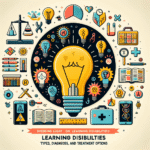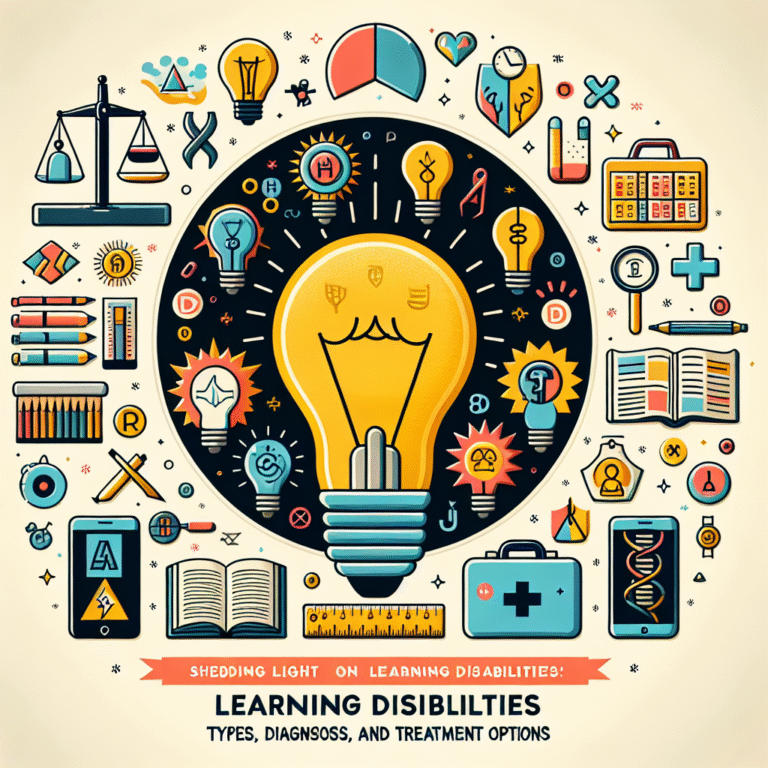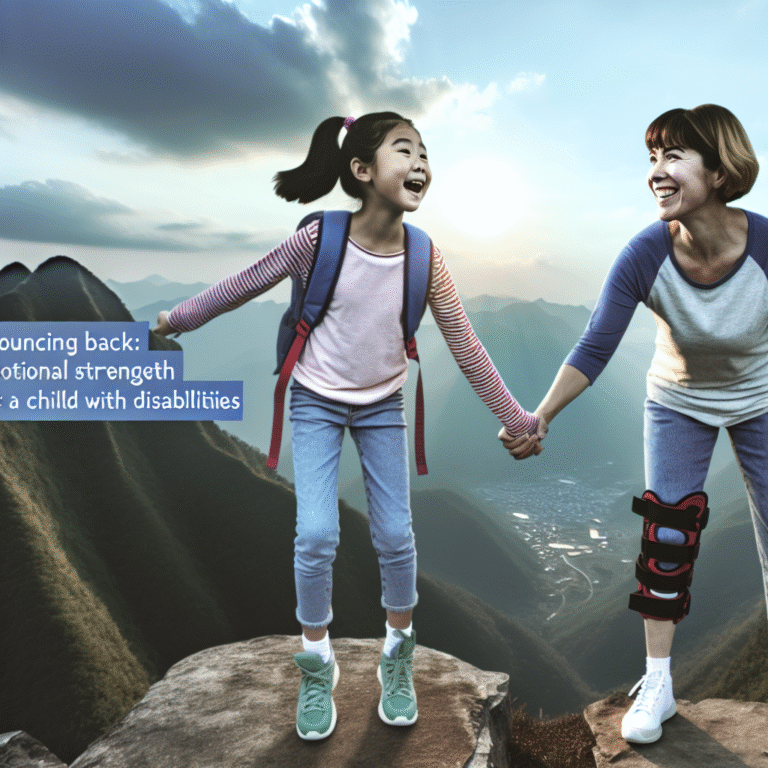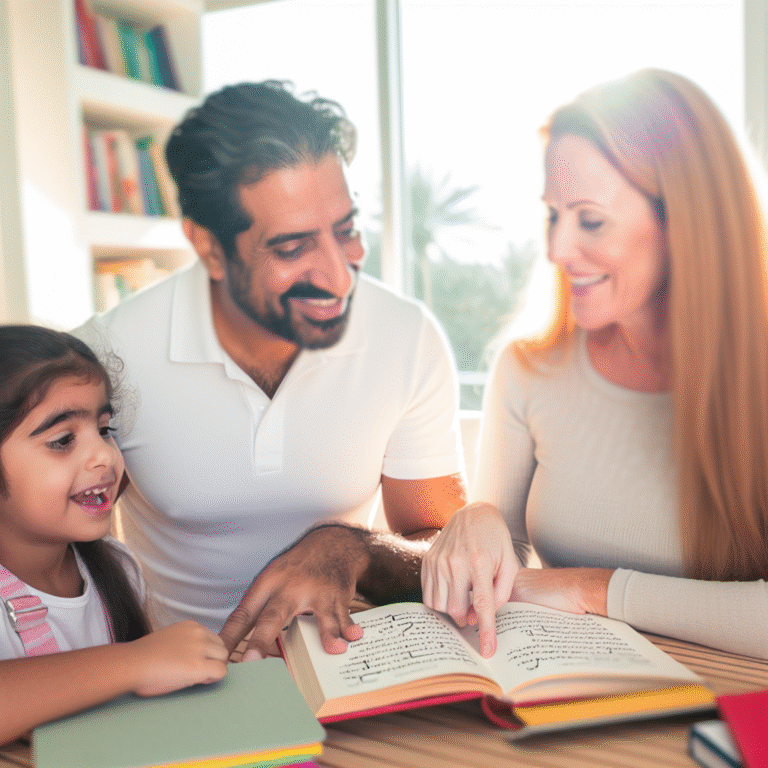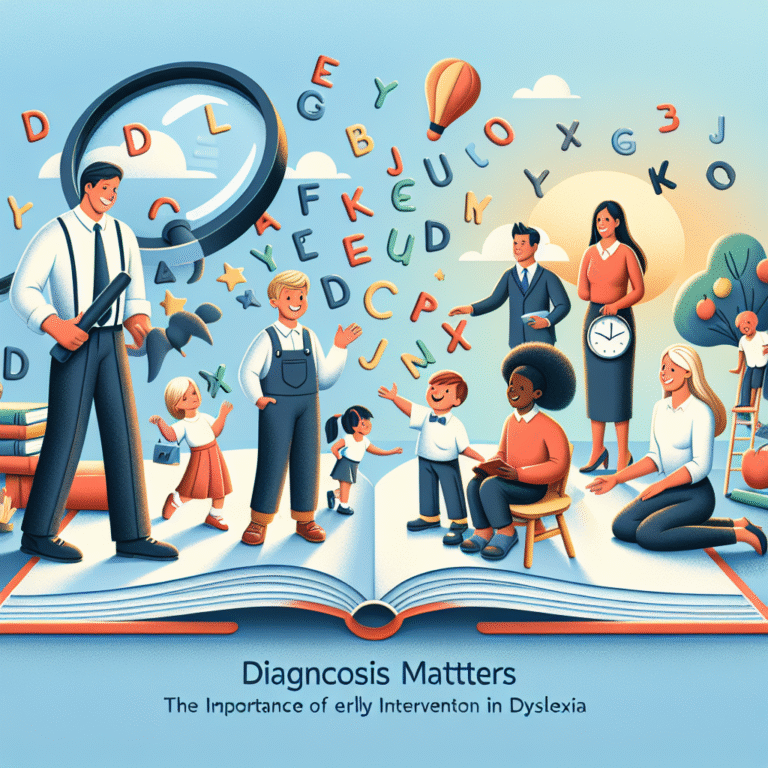
Empowering Every Learner: Proven Strategies for Teaching Students with Learning Disabilities
Introduction
In a world that increasingly celebrates diversity, the needs and potentials of students with learning disabilities are often overlooked. These students possess unique strengths and abilities that can be harnessed with the right teaching strategies. When educators focus on Empowering Every Learner: Tailored Strategies for Teaching Students with Learning Disabilities, they make room for every child’s voice in the classroom, thereby creating an inclusive educational environment. This article explores the importance of individualized strategies that cater to diverse learning needs, ensuring that every student can thrive academically and socially.
By understanding the nuances of learning disabilities and implementing evidence-based strategies, educators can transform classroom dynamics, leading to a more equitable learning experience for all. Join us as we delve deeper into the essential components of empowering every learner with tailored strategies that transform the educational landscape for students with learning disabilities.
Understanding Learning Disabilities
What Are Learning Disabilities?
Learning disabilities (LD) are a group of disorders that affect a person’s ability to learn in a typical manner. They can impact skills such as reading (dyslexia), writing (dysgraphia), and math (dyscalculia). Often, these disabilities are not indicative of a student’s intelligence; rather, they highlight different cognitive processes.
The Impact of Learning Disabilities on Education
The impact of learning disabilities on education can be profound. Students with LD may face challenges in traditional learning settings, leading to feelings of frustration, isolation, and low self-esteem. Unfortunately, these emotions can further impede their learning.
Case Study: Sarah’s Journey
Sarah, a 10-year-old diagnosed with dyslexia, often struggled with reading aloud in class. Her teachers noticed her reluctance and implemented a tailored reading program that incorporated audiobooks and phonetic games. Within a few months, Sarah’s confidence grew, allowing her to participate actively in classroom discussions.
Analysis: Sarah’s case exemplifies how tailored strategies can lead to improvements in both academic performance and self-esteem. By providing specific accommodations, educators can enable students with LD to engage meaningfully in their learning.
Strategies for Empowering Every Learner
1. Individualized Education Plans (IEPs)
One of the most effective tools for empowering every learner lies in crafting Individualized Education Plans (IEPs). These legally binding documents outline specific goals, accommodations, and modifications tailored to each student’s needs.
- Key Components: IEPs should include measurable academic goals, accommodations (like extra time on tests), and methods of assessment.
2. Multi-Sensory Learning Approaches
Multi-sensory learning is an engaging way to reach diverse learning styles. For many students with learning disabilities, incorporating visual aids, kinesthetic activities, and auditory elements can enhance understanding.
Case Study: John’s Multi-Sensory Math Lessons
John, a 12-year-old with dyscalculia, found it difficult to grasp traditional math concepts. His teacher introduced multi-sensory methods, using blocks and interactive software. John soon began to grasp fundamental math concepts, demonstrating how engaging multiple senses can aid understanding.
Analysis: John’s example emphasizes the value of dynamic teaching methods that cater to the diverse learning needs of students. Multi-sensory techniques can lay a strong foundation for academic success.
3. Differentiated Instruction
Differentiated instruction involves tailoring teaching methods to meet individual students’ varying needs and interests. This can include adjusting content, process, or product expectations.
- Tiers of Differentiation: Teachers can modify the complexity of tasks, simplify instructions, or offer choices to empower learners.
4. Positive Reinforcement
Employing positive reinforcement can significantly motivate students with learning disabilities. Acknowledging effort, progress, and achievements can build confidence and encourage persistence.
Case Study: The Power of Praise in Mia’s Journey
Mia, who struggles with both writing and spelling due to a learning disability, was celebrated for her creative ideas despite her challenges. Her teacher implemented a rewards system where Mia earned points for effort, contributing to improved writing scores over time.
Analysis: Mia’s situation reveals how strategic praise can galvanize effort and engagement. Positive reinforcement should be used to cultivate a growth mindset, crucial for students facing learning challenges.
5. Collaborative Learning
Collaborative learning encourages teamwork and peer support. Pairing students with and without disabilities can foster a caring environment and enhance learning opportunities.
6. Assistive Technology
The use of assistive technology (AT) can dramatically alter the educational landscape for students with disabilities. Tools such as speech-to-text software, audiobooks, and word prediction programs can bridge gaps in learning.
Case Study: Using AT in Alex’s Reading Development
Alex, a third-grader with significant reading challenges, thrived after his teacher introduced audiobooks and text-to-speech applications. The ability to listen to stories while following along with the text improved his comprehension and vocabulary significantly.
Analysis: Alex’s experience highlights how technology not only accommodates learning differences but can also open new avenues for academic success.
Creating an Inclusive Classroom Environment
Building Relationships
The foundation of an inclusive classroom begins with building strong relationships. By fostering trust and understanding, teachers can unlock the potential within every student.
Encouraging Self-Advocacy
Empowering every learner involves teaching students to understand their learning needs and advocate for themselves. By cultivating these skills, students become more confident in their abilities and needs.
Inviting Parental Involvement
Parents play a crucial role in their child’s educational journey. By encouraging parental involvement through regular communication and engagement activities, schools can create a more supportive ecosystem for students with learning disabilities.
Conclusion
The journey toward Empowering Every Learner: Tailored Strategies for Teaching Students with Learning Disabilities is both necessary and achievable. With a commitment to understanding individual needs, implementing adaptive strategies, and fostering an inclusive environment, educators can create pathways to success for all students. Tailored approaches not only improve academic performance but also cultivate confidence, resilience, and lifelong learning skills.
As educators, parents, and community members, we have the power to transform perceptions and realities surrounding learning disabilities. Let us embrace this responsibility and work tirelessly towards an equitable and supportive educational experience for every learner.
FAQs
1. What are the most common types of learning disabilities?
Common types of learning disabilities include dyslexia (reading), dyscalculia (math), and dysgraphia (writing). They affect how individuals process information.
2. How can teachers assess students with learning disabilities?
Teachers can utilize a variety of assessment methods—including formal tests, informal observations, and standardized assessments tailored to students’ needs.
3. What role does assistive technology play in helping students with learning disabilities?
Assistive technology can provide essential support, allowing students to access content and complete assignments more effectively, thus empowering them to engage more fully in their education.
4. How can I encourage a growth mindset in students with learning disabilities?
Encourage students to embrace challenges, learn from mistakes, and celebrate effort rather than solely focusing on results. Providing regular, constructive feedback can also help.
5. What should schools do to improve inclusivity for students with learning disabilities?
Schools can provide training for teachers on differentiated instruction, involve parents in the educational process, and create a culture that celebrates diversity and inclusion.
6. How important is collaboration between special and general education teachers?
Collaboration is crucial. It ensures that students with learning disabilities receive the support they need while benefiting from the general education curriculum.
By integrating these principles and strategies into our educational practices, we move closer to creating a supportive and empowering environment for every learner.

